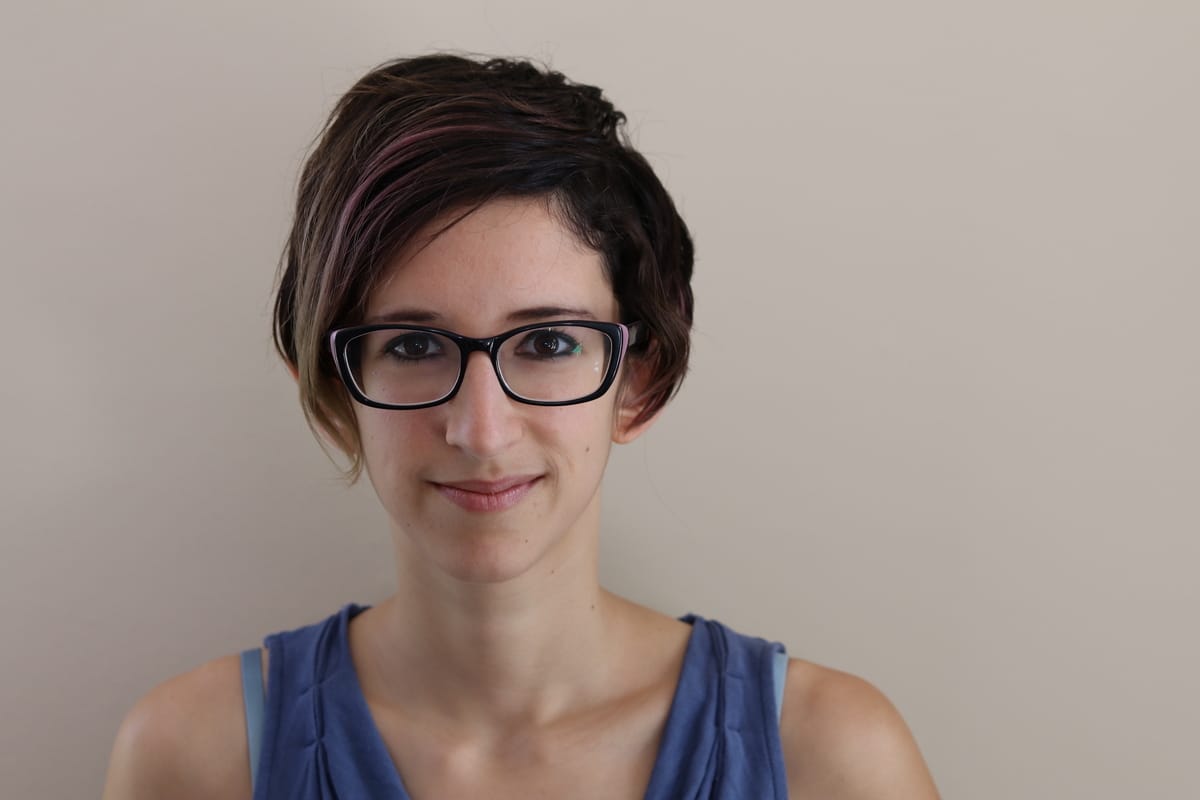
The Loom holding the Sacred Timeline together goes nuclear in Season 2 of Loki. Credit: Marvel Studios.
Season 2 of Disney + and Marvel Studios' Loki wrapped up earlier this month with the show's titular villain-turned-hero fulfilling his destiny and ascending to the throne at the center of the multiverse. By destroying the "Temporal Loom," the magical reactor that weaves together the endlessly branching timelines of Marvel's multiverse, Loki chooses to risk the timeline wars prophesied by He Who Remains, the scientist who built the Loom as a failsafe to prevent his doppelgangers from showing up and destroying all of reality. Instead of averting a nuclear reactor-style Loom meltdown, Loki accelerates it, then gathers the fraying strands of existence and pulls them back together, finally wielding the Norse god powers viewers might have forgotten he possessed for most of the show.
If that feels like a lot to take in from a production company that used to focus on superpowered humans donning expensive costumes to fight crime, well, yes it is. But in recent years, Marvel Studios has become increasingly preoccupied with bigger, more existential matters, such as the fate of all existence. Recent movies and TV shows, from WandaVision to Doctor Strange in the Multiverse of Madness to Loki, have revealed a rich world of branching timelines and alternate realities desperately in need of heroes who can bring order to the cosmic chaos.
Join the Important Membership to read the rest.
Members get access to every essay from The Science of Fiction -- and everything else we make, too.
Start Your 30 Day Free TrialBenefits include:
- Your choice of our critically-acclaimed newsletters, essays, and podcasts
- A welcome sticker pack!
- Ad-free everything
- Your WCID profile: Track and favorite your actions while you connect with other Shit Givers
- Vibe Check: Our news homepage, curated daily just for you. Never doomscroll again
- Lifetime thanks for directly supporting our work


